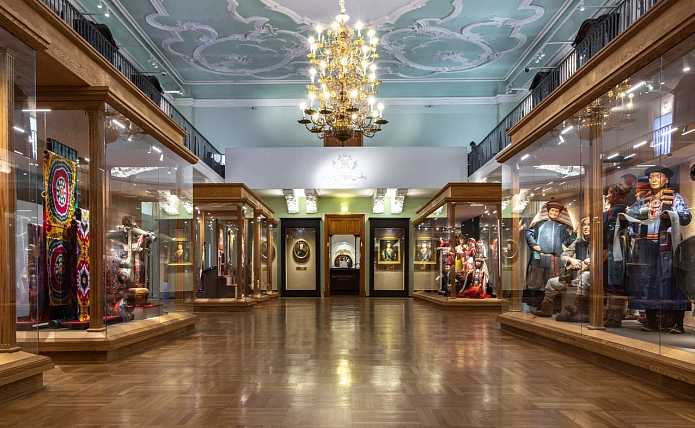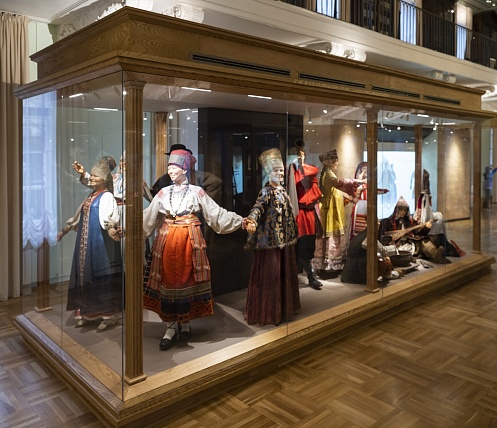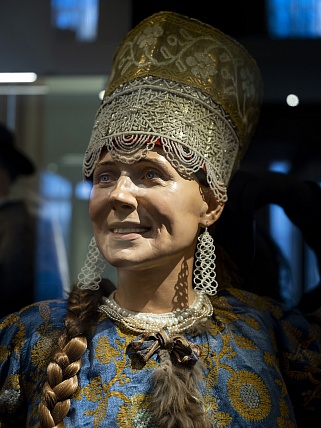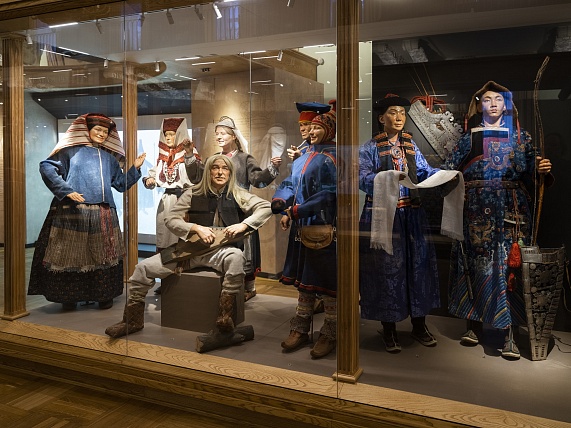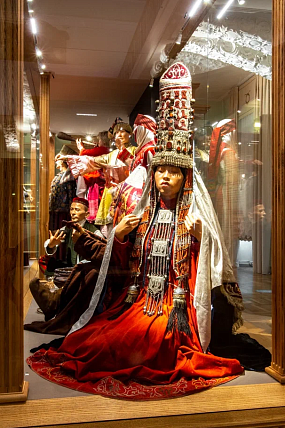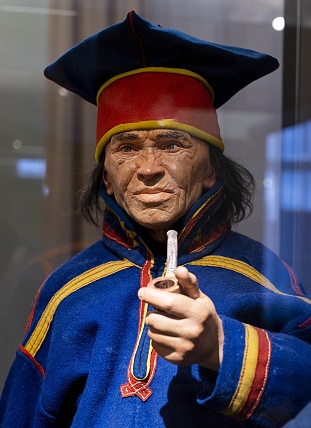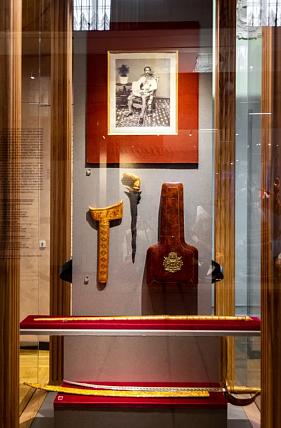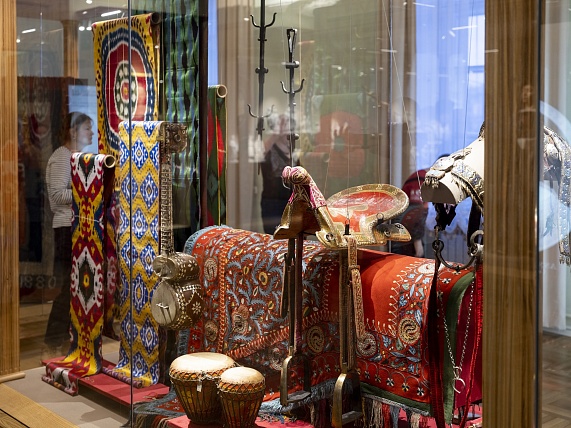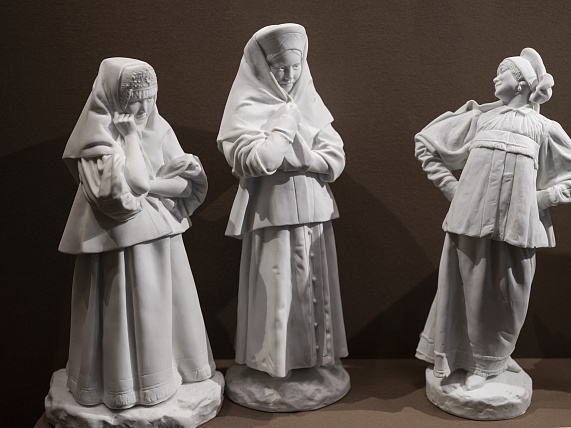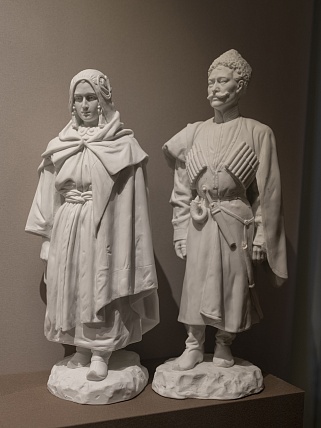- Visit Us Safely
- Opening Hours
- Getting Here
- Admission and Tickets
- Exhibitions
- Virtual 3D Tour
- Kunstkamera Mobile Guide
- History of the Kunstkamera
- The Kunstkamera: all knowledge of the world in one building
- Establishment of the Kunstkamera in 1714
- The Kunstkamera as part of the Academy of Sciences
- The Kunstkamera building
- First collections
- Peter the Great's trips to Europe
- Acquisition of collections in Europe: Frederik Ruysch, Albert Seba, Joseph-Guichard Duverney
- The Gottorp (Great Academic) globe
- Siberian expedition of Daniel Gottlieb Messerschmidt
- The Academic detachment of the second Kamchatka expedition (1733-1743)
- 1747 fire in the Kunstkamera
- Fr.-L. Jeallatscbitsch trip to China with a mission of the Academy of Sciences (1753-1756)
- Siberian collections
- Academy of Sciences' expeditions for geographical and economic exploration of Russia (1768-1774)
- Research in the Pacific
- James Cook's collections
- Early Japanese collections
- Russian circumnavigations of the world and collections of the Kunstkamera
- Kunstkamera superintendents
- Explore Collections Online
- Filming and Images Requests FAQs
Imperia Hall: Multinational Russia
Opened on November 2, 2022; created with the support of PJSC GAZPROM.
The Kunstkamera’s new permanent exhibition is located in the Baroque Hall of the historic 18th-century building and consists of two sections: Discovering Russia (Parade of Nations) and Imperial Gifts.
Discovering Russia draws on an important episode in the birth of Russia’s self-perception as a multiethnic empire: the carnival of nations conducted in St. Petersburg in 1740 as part of the festivities accompanying the Ice House Wedding arranged by Empress Anna Ioannovna. Representatives of 150 ethnic groups in Russia took part in the carnival. The royal court, the Academy of Sciences, and the Kunstkamera museum participated in the carnival preparation. The modern exhibition recreates that 18th–century atmosphere when ethnicity became popular by presenting 23 original ethnic costumes from the museum’s collections. These are the costumes of the peoples of the North, Siberia, and the Far East, the Finno-Ugric, Slavic, and Turkic peoples living in Russia.
In two display cases of the new exhibition, one can see biscuit porcelain sculptures from the Peoples of Russia series created for the 300th anniversary of the Romanov dynasty. The collection was commissioned by the last Russian Emperor, Nicholas II, and conducted under the scientific supervision of academician Vasily Radlov, the then director of the Kunstkamera museum. Scholars and curators sometimes call this collection a “porcelain ethnography textbook.”
The imperial gifts section of the exhibition displays the gifts to Russian emperors donated to the Kunstkamera museum at various times. The carpet to the Tsar Liberator was a gift from the grateful Bulgarian people to Emperor Alexander II. The Albanian man’s traditional costume decorated with rich golden embroidery was a gift to Tsar Nicholas I from the army colonel Nikolai Ozeretskovsky. Emir Abd al-Ahad of Bukhara was a frequent guest at the court of the Russian emperor, and each of his visits involved offering rich, truly royal gifts. Crown prince (Tsesarevich) Nicholas Alexandrovich, the future Emperor Nicholas II, brought many gifts from his journey to the East. The tradition of imperial gifts to the Kunstkamera continued into the 21st century: luxurious swords presented to Tsesarevich Nicholas Alexandrovich by King Rama V of Siam are on display next to the musical instruments donated to the Museum by Princess Chulaphone Mahidon of Thailand in June 2011.
The interactive part of the exhibition allows visitors to travel through time and space thanks to the audio-visual compositions Parade of Nations and Ice House Wedding on the projection panels. Everyone can see and take pictures of themselves in ethnographic costumes or popular attire of the 18th century in four “virtual fitting rooms.”
